During the height of coronavirus lockdowns, some people learned to make sourdough, others picked up crochet or made thousand piece puzzles— Alexandra Fellus learned Ladino, the centuries old language of her Sephardic Jewish ancestors.
“The pandemic was tough, but there were silver linings. For me, Ladino was it,” Fellus said.
Based out of Toronto, Canada, Fellus said she never had the opportunity to connect with large Ladino-speaking communities, which are mainly found in the United States and Israel. That is, until the pandemic pushed communities to go digital.
“Hundreds of people were on these free Ladino classes all over the world,” she explained. “Suddenly I was like ‘oh, there’s other people like me, who love their language, who love their culture and who are trying to keep it alive.’”
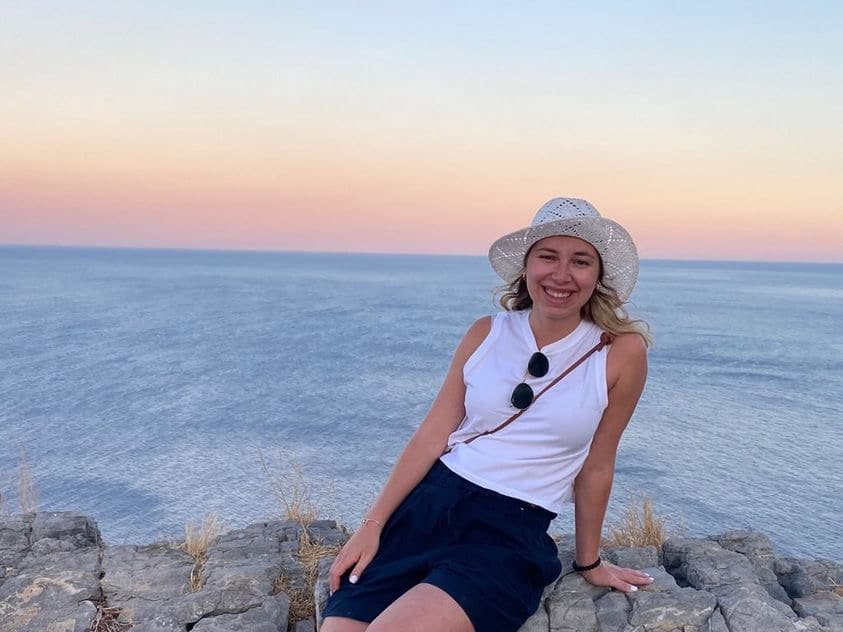
Fellus first signed up for the Sephardic Brotherhood of America’s free online Ladino course— which her mom discovered through a Sephardic community Facebook group. She’s taken multiple courses since, and is now the editor of the Sephardic Brotherhood of America’s Magazine.
Ladino is an endangered language, only spoken by a few hundred thousand people today and most native speakers are elderly.
“Native Ladino speakers are ones who hold the cultural knowledge and they’re the ones sharing, but they’re getting older. Most are in their 80s,” Fellus explained.
“Right now, I learn by talking with my grandparents. The thought of not having that anymore is a scary thing, one that I lose sleep over.”
In May of 2022, Fellus started the Instagram account and blog ‘Ladino with Lex,’ encouraging her followers to join her on her journey to learn Ladino.
“I don’t want this beautiful, culturally rich language to die, and it’s in danger,” Fellus explained to me. “That’s why I started taking classes and why I started sharing on Instagram.”
The origins of Ladino
Ladino, also known as Judeo-Spanish, is the written and spoken language of Jews that originated from the Iberian Peninsula (Spain and Portugal). The language originally developed from Medieval Spanish blended with elements of Hebrew and Aramaic.
“My family comes from Toledo, we think. But by the Spanish Inquisition in 1492, a lot of Jews went to tons of different places,” Fellus said.
When Jews were expelled from Spain in 1492, they continued to speak their language in the communities and countries they immigrated to. In fact, Ladino was so common in these areas it became the primary language spoken by tens-of-thousands throughout the Mediterranean.
On one side, Fellus’ maternal great-grandparents went directly to Rhodes following the expulsion.
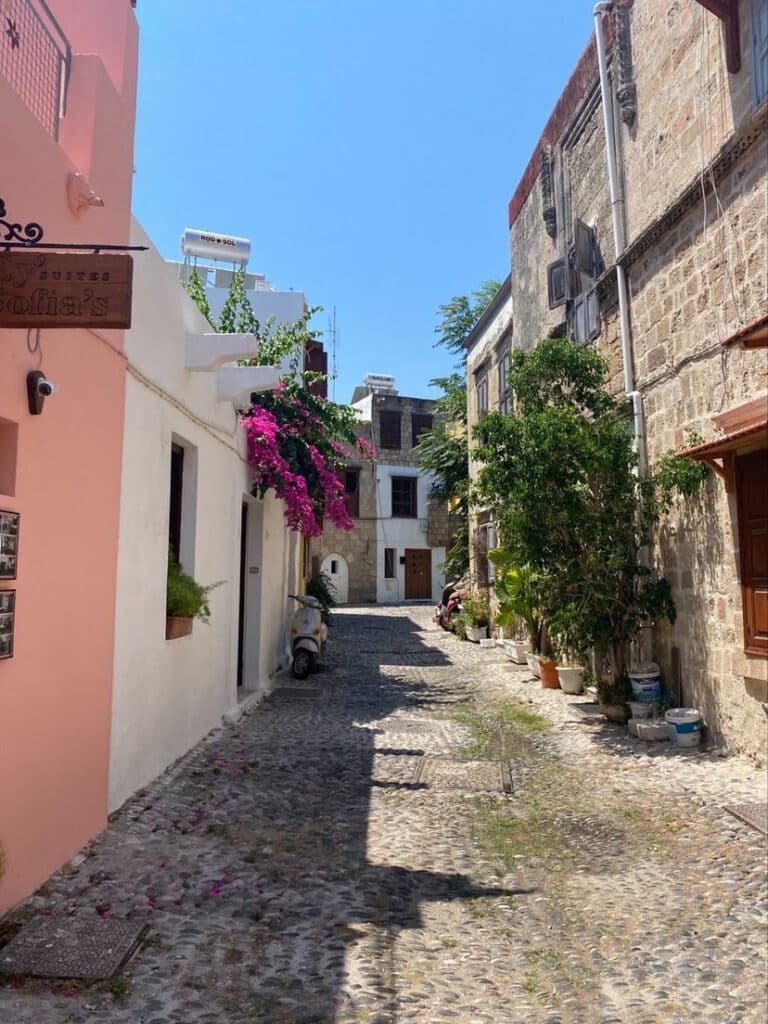
The other side of her family escaped from Spain to the Ottoman Empire (now-Turkey) where they lived from 1492 until the 1900s.
“After World War I, my family didn’t feel welcome anymore as Jews in the Ottoman Empire, so then they moved to Rhodes,” Fellus explained.
“For about 20 years, all four of my great grandparents lived in Rhodes. They actually lived across the road from each other and unknowingly, their kids would be born and marry each other.”
In their new countries, the language spoken by Sephardim became infused with the different dialects they picked up, creating Ladino as we know it today— a unique language that blends medieval Spanish and Portuguese with Hebrew, Arabic, Turkish, Greek, and other influences.
A language spoken at home
“Ladino is a mixture of all these different languages, which is why you won’t find one person who will give you the exact same spelling or way of saying something as another person,” Fellus explained.
Each family’s version is different and serves as a living testimony of their own story.
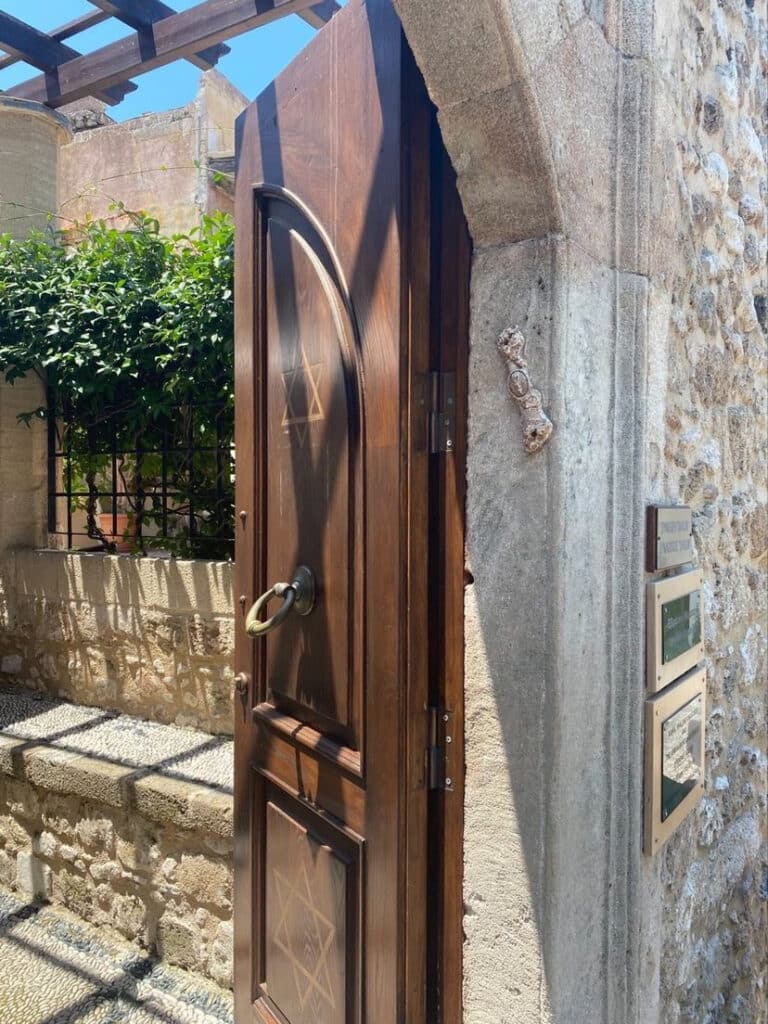
“For example, French is a huge influence for me, but for Sephardim in the Balkans it wouldn’t have been as influential,” she said. “It really was dependent on which city you came from, and where you went.”
Both sets of Fellus’ great-grandparents eventually moved from Greece to the Congo and lived in Sephardic communities in Africa.
“Throughout it all, their first language was Ladino,” Fellus told me.
For her, Ladino represents the Jewish story, a story that is constantly evolving.
“There’s not one type of Jew and there’s not one type of Sephardi. Everyone has their own version of Ladino, because it was a language spoken at home.”
Ladino renaissance
“Ladino is experiencing a really amazing resurgence. A ton of young people are getting involved,” Fellus said.
She is one of a small but mighty group working to keep Ladino alive. Part of that process is understanding where it got lost in the first place.
“People started moving in all different directions after World War II and learning different languages,” she said. “My mom kind of grew up hearing Ladino but not speaking it, and then I grew up hearing phrases and words, but not speaking it.”
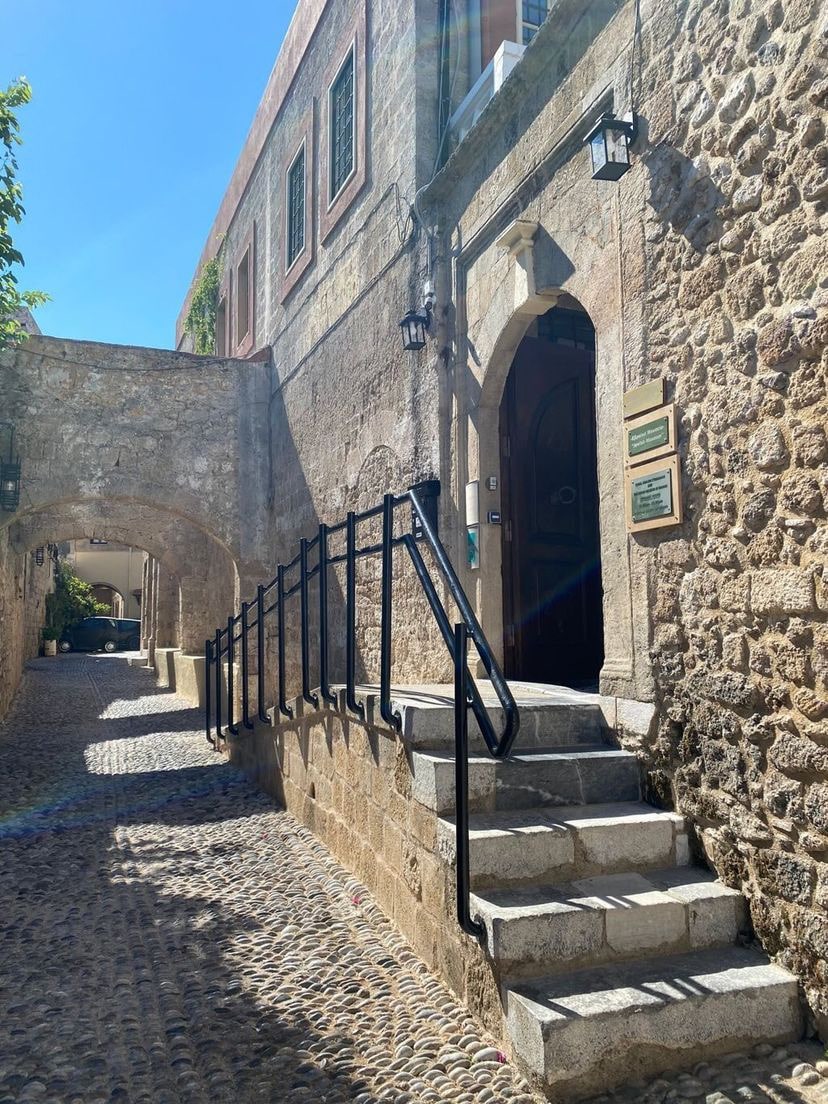
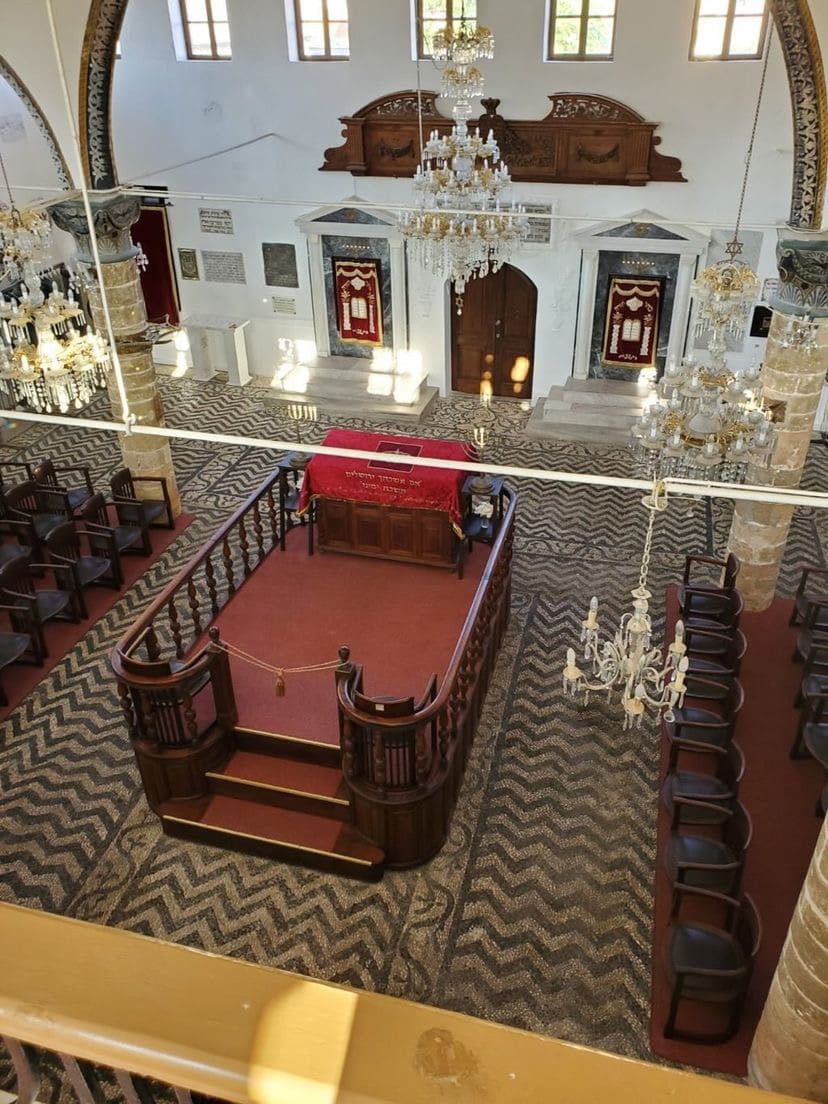
One of the primary challenges is that Ladino lacks a substantial archive.Through her work with the Sephardic Brotherhood of America, Fellus is part of the group building a digital archive. Her Instagram serves as her own personal archive, mainly inspired by conversations with her grandparents.
“We talk together in Ladino and it makes them so happy that I’m continuing it on for them,” she said.
‘Ladino is more than a language, it’s a culture‘
In many ways, Ladino represents Sephardi survival. It’s a language that was born in exile and was used to conserve Jewish life.
If you want to understand Sephardic culture, learn Ladino, Fellus told me, that’s where a lot of the culture comes out.
“It’s funny and witty and insulting, and not enough people know about it.”
In Ladino, the greeting for meeting someone new is Ija/Ijo de ken sos tu? meaning “You are the child of whom?”
“It’s like a version of Jewish geography that’s ingrained into the culture,” explained Fellus, adding that learning Ladino brought a new dimension to her Jewish identity.
“Sephardim are not just Spanish Jews. In my case, we are Spanish Jews that moved to the Ottoman Empire and Greece, which was colonized by Italians, then moved to the Congo where French was spoken, and now live in Canada,” she explained.
“Ladino captures all of the identities that my family accumulated throughout hundreds of years of history, all in one language where I can express myself fully. It’s really beautiful.”
